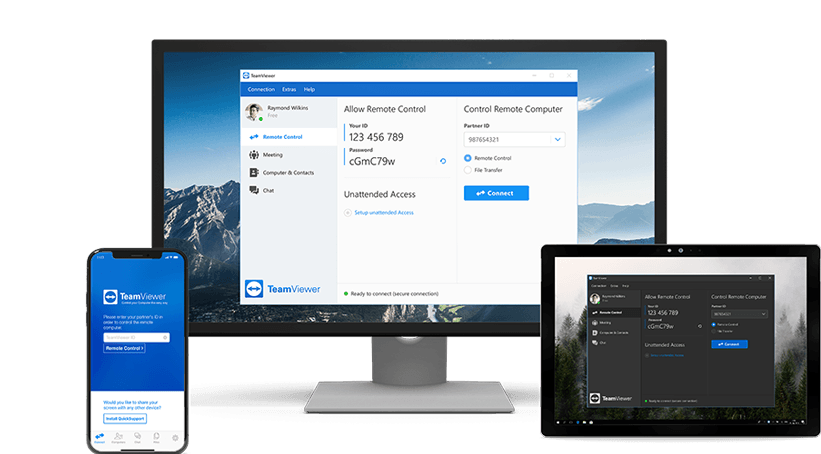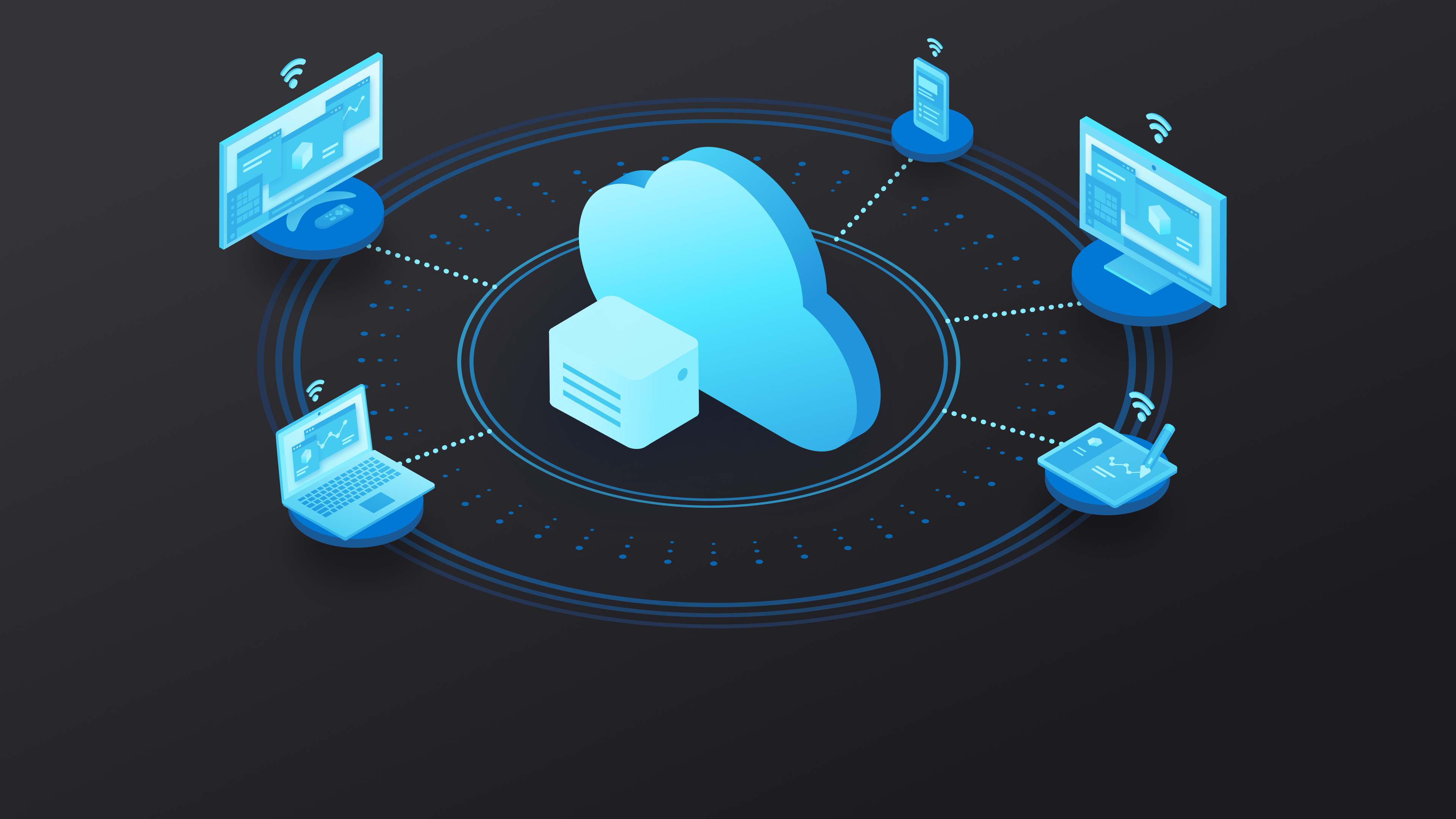Windows 7 and early version of Windows 10. To configure your PC for remote access, download and run the Microsoft Remote Desktop Assistant. This assistant updates your system settings to enable remote access, ensures your computer is awake for connections, and checks that your firewall allows Remote Desktop connections. Unattended access: TeamViewer Host. TeamViewer Host is used for 24/7 access to remote computers, which makes it an ideal solution for uses such as remote monitoring, server maintenance, or connecting to a PC or Mac in the office or at home. Install TeamViewer Host.
Symptoms
When you try to use a Microsoft Windows XP Professional-based computer to view the registry on a remote Windows XP Professional-based computer, you may receive the following error message:
Cannot open HKEY_Local_Machine: error while opening key
When you try to use a Windows XP Professional-based computer to view Event Viewer on a remote Windows XP Professional-based computer, you may receive the following error message:

Cause
This behavior may occur if the remote computer was upgraded from Microsoft Windows 2000 to Windows XP Professional. The error messages occur because the Local Service user account does not have permissions to the following registry subkey: HKEY_LOCAL_MACHINESYSTEMCurrentControlSetControl SecurePipeServerswinreg
Resolution
To resolve this issue, use Registry Editor to grant Read Only permissions to the Local Service user account. To do this, follow these steps:
Click Start, click Run, type regedit, and then click OK.
Expand the following registry subkey:
HKEY_LOCAL_MACHINESYSTEMCurrentControlSetControl SecurePipeServers
Right-click winreg, and then click Permissions.
Click Add.
In the Enter the object names to select box, type Local Service, and then click OK.
Alternatively, you can type the name of a user or group that you want to grant access permission.In the Permissions for LOCAL SERVICE list, next to Read, click to select the Allow check box.
Quit Registry Editor, and then restart your computer.
More Information
By default, Windows 2000 does not have a built-in user account named Local Service. Instead, the Remote Registry Service is logged on as Local System. In Windows XP, the Remote Registry Service is logged on as Local Service.
For additional information about the required permissions for remote access to the registry, click the following article number to view the article in the Microsoft Knowledge Base:
314837 How to Manage Remote Access to the Registry
One of the most beneficial applications of using a computer is its remote desktop connection capabilities. A remote connection is when a computer user (host computer) can access another computer remotely (client computer) and from a great distance if necessary. For example, if a user is at work and needs to access his home computer, so long as the two computers are prepared for the remote connection, that person can access the home computer remotely. In some cases, the client computer does not need the remote access software enabled to make a connection.
What are Remote Access Software Programs?
Typically, a computer user needs to install software to make the remote connection work properly. However, the beauty of Microsoft-based computers is that most of the computers using the Windows XP Professional Edition (not home Edition), Vista or Windows 7, Windows 2000 Server, Windows 2003 Server and Windows 2008 Server based operating systems already have the Remote Desktop Connection (RTC) software built in, previously known as “Terminal Services.”
Older versions such as Windows 95 or Windows 2000 can use the remote access software but it must be installed manually from the operating system installation disk. Additionally, the RTC software exists and can be installed by anyone using a Mac, Linux or UNIX based computer to connect to any pre-configured Windows based computer.
Another option includes the Remote Web Connection which is enabled using an Active X control. This control allows a host computer (with the remote software installed) to connect to a client computer (where the remote software connect the host computer to) without the need for the client computer to have the remote access software installed as well. Active X controls are also called Browser helper objects, or buttons and extensions, which are installed onto the user’s browser such as Firefox or Internet Explorer.
Additionally, those who use Windows Vista and newer versions of Windows also have the Remote Web Sharing application, which not only allows users to connect remotely to computers but also allows them to specify which parts of the computer is shared, for example only the folder labeled “Desktop” or “My Documents.”
Advantages as Compared to Other RDCs
The main advantages to using the Microsoft Remote Desktop Client and remote access services is not needing to purchase extra software programs or install them separately from the operating system. This makes it much easier to set up a connection, especially for those who are not completely tech savvy.
The Windows remote access software includes others features such as:
- Android, iPhone, Windows Mobile Phone and Java Clients: Anyone having a smartphone that uses one of these operating systems can connect to a computer that is pre configured for remote access.
- Seamless Windows: The application in use through the remote desktop connection is shown on the client desktop making the application look as if it is running on the client machine.
- Audio support: Many remote access connections do not include audio support but Windows remote access does meaning that the host machine or local computer hears a program or application making use of the audio on the client machine.
- Built in encryption: Data is encrypted over the Internet connection using a built in encryption method.
- File Transfer: While many programs do not allow the transferring of files across the Internet connection that is required for remote access, the Windows remote access client does allow it and a file opened on the client machine can be transferred to the host machine easily.
- Multiple remote sessions at one time: More than one remote access session can be enabled at a time.
- Support for all OS’s: Some programs only support one or two different operating systems. Windows remote access software has a remote desktop client allowing connection to all operating systems.

These added features give the Microsoft Windows remote access software deeper functionality. The Microsoft Windows remote access software provides for both printer and port redirection. This means that someone connecting remotely to a client computer can print files from that client computer on the host printer and vice-versa. As for the port redirection, those using peripherals requiring the use of drivers can use both the serial and parallel port drivers on the host computer.
Weaknesses to Microsoft Windows Remote Access
Some features are not included with this remote access software, but are included with other brands. For example, other versions such as LogMeIn include clients for BlackBerry smartphones and a FreeBSD client. Free BSD is a version of an Open Source operating system.
Additionally, where other clients allow connection to most computers from most computers, the Windows Microsoft remote access software allows connections from any host computer however the receiving client must not use Windows XP Home, Windows Vista Starter, Home Basic, Home Basic N or Home Basic Premium. Also note, a client computer cannot connect to a computer that is in stand-by mode or hibernating; the client computer must be turned-on and active.
Another of the software’s weaknesses include the inability to control a remotely connected desktop. For example, if someone is connecting from a host computer at work to a client computer at home, then that home computer is inaccessible from the local home connection. The host computer must disable or sever the connection before the home user can use the computer again. The same problem exists with the printers. However, one remote control software program called RealVNC allows for both the host and client to control the remote connected computer from either end.

Another major weakness to the Windows remote access software is its security-or lack thereof. Simply logging onto the host computer remotely, someone can redirect the remote access and attempt to login themselves-hackers using sniffers can easily detect an unsecured remote connection and will take advantage to the security hole. This is why it is necessary to set the configurations and only allow known computers to access your computer remotely. Other programs, such as RealVNC and LogMeIn make a user set the known users by default before allowing the connection to proceed and then only known computers can log on remotely.
How Much Does Microsoft Windows Remote Access Cost?
Because the Microsoft Windows version of the remote access software is built right in to most of the newer and comes with the installation of the operating system, the software does not cost any extra to implement. Most remote connection software packages are free of charge such as LogMeIn Free. However, some remote connection software packages offer the same service along with extra features and these do charge a fee and most offer a short free trial.
Microsoft Remote Access Port
A one-time fee could range from $19.99 to $99.99 or more, depending on the brand name of the software involved such as Symantec’s PC Anywhere or LogMeIn Pro. For most remote software packages, though the only investment needed is a small amount of time to enable the software and networking configurations.
